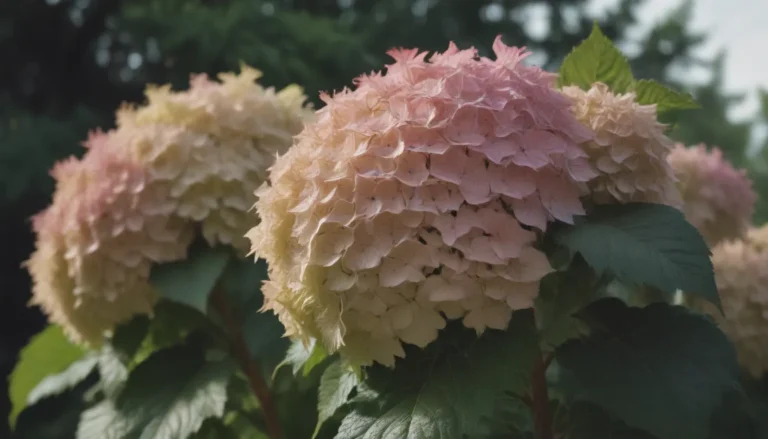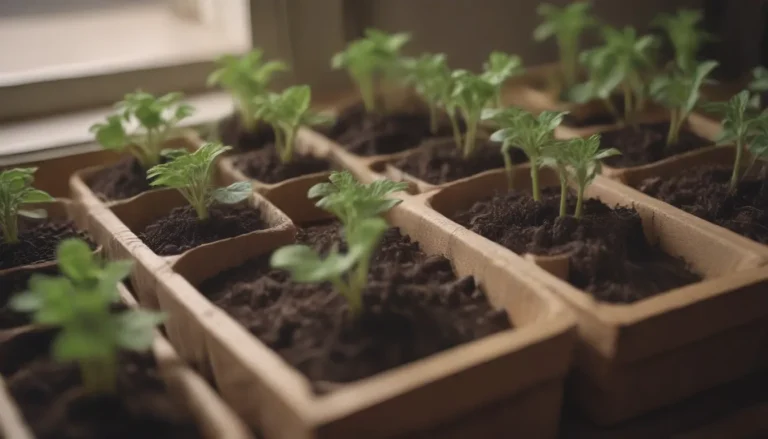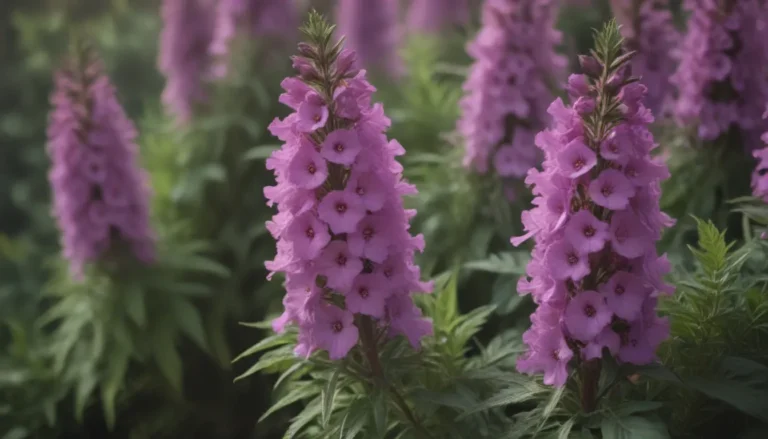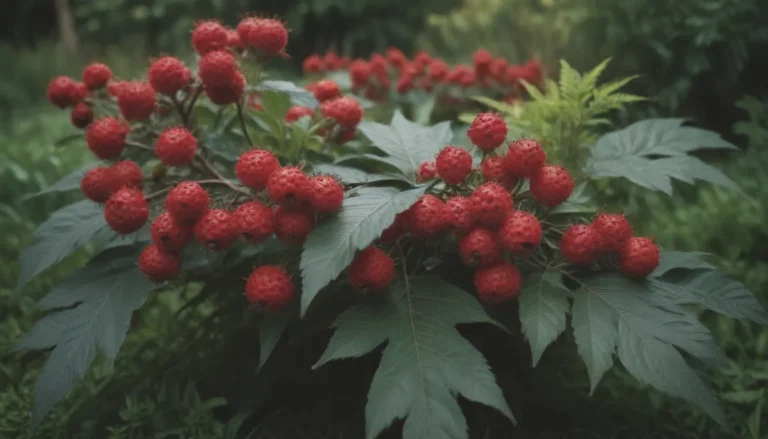The Ultimate Guide to Growing and Caring for Rainbow Elephant Bush Succulents
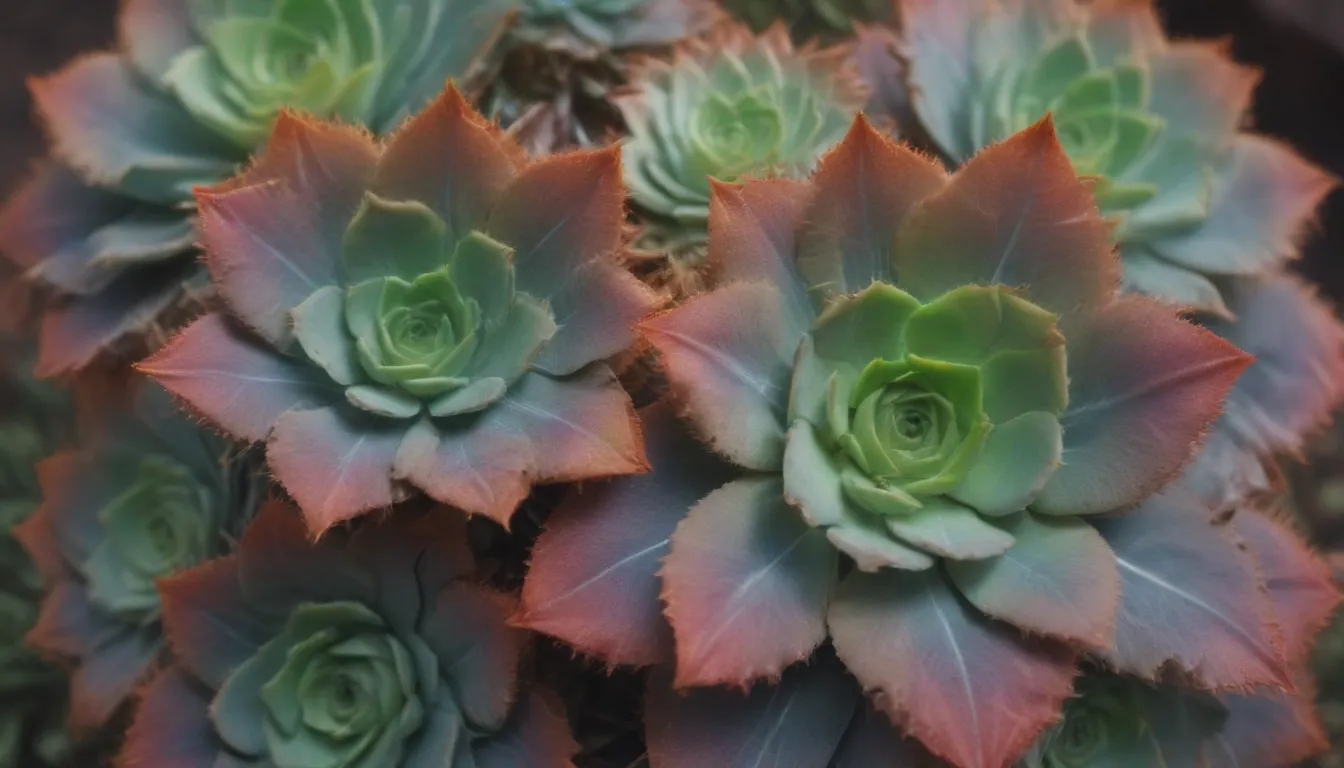
Welcome to the ultimate guide on how to grow and care for the beautiful Rainbow Elephant Bush succulent! This colorful succulent is a delightful addition to any plant collection with its small, green leaves that have a white center and a hint of pink along the edges. In this in-depth article, we will explore everything you need to know to ensure your Rainbow Elephant Bush thrives and blooms for years to come.
Introduction to Rainbow Elephant Bush Succulents
Rainbow Elephant Bush succulents are relatively easy to care for, making them a popular choice for both beginner and experienced plant enthusiasts. These plants can be grown both indoors and outdoors, as long as they receive up to six hours of sunlight daily, are planted in acidic soil, and are kept at a temperature between 60 to 80 degrees Fahrenheit. With their sparse watering needs, you only need to wait for the soil to dry out before giving them a drink.
Let’s dive into the details of how to grow and care for Rainbow Elephant Bush succulents!
Rainbow Elephant Bush Succulent Care
Here are the main requirements for caring and growing a Rainbow Elephant Bush succulent:
Light
Rainbow Elephant Bush succulents thrive in areas of your home that receive plenty of sunlight. They do best when placed in front of a bright, sunny window where they can get at least six hours of sun every day. While they can handle partial shade, direct sunlight can cause their leaves to scorch and fall off.
Soil
Like most succulents, Rainbow Elephant Bush plants prefer a porous soil mixture that is well-drained and contains extra perlite. You can use a potting mix designed for cacti or succulents, or create your own with equal parts perlite, coarse sand, and potting soil. Make sure the soil contains organic matter to provide essential nutrients for your plants.
Water
Rainbow Elephant Bush succulents are forgiving when it comes to watering. They prefer to dry out a bit between waterings, so aim to water them every twelve days. During the spring and summer months, when they are actively growing, you may need to water them more frequently. In the winter, reduce watering as the plant goes dormant.
Tip
Ensure the soil is well-drained to prevent root rot. Avoid overwatering your Rainbow Elephant Bush succulent.
Temperature and Humidity
These succulents thrive in warmer temperatures between 65-80 degrees Fahrenheit. While they can be grown indoors and outdoors, bring them indoors when temperatures drop below 60 degrees. Rainbow Elephant Bush plants enjoy higher humidity levels, so consider placing them near a humidifier if your home is dry.
Fertilizer
Rainbow Elephant Bush succulents do not require much fertilizer, but a small amount during the winter season can help. If you choose to fertilize your plant, use organic matter to nourish the soil.
Types of Elephant Bush Succulents
There are several varieties of Elephant Bush succulents, including:
- Dwarf Jade
- Aurea
- Medico Picta
Pruning
Pruning your Rainbow Elephant Bush succulent in late spring is essential for healthy growth. Trim any elongated stems to prevent legginess and encourage bushier growth.
Propagating Rainbow Elephant Bush Succulents
You can propagate Rainbow Elephant Bush succulents year-round, but the best success is usually achieved in the spring and summer months. Propagation can be done through stem cuttings or leaves:
- For stem cuttings, snip a healthy stem and plant it in soil.
- For leaf propagation, cut a leaf from the parent plant, let it dry for a few days, and then place it on top of soil.
Potting and Repotting
Repot your Rainbow Elephant Bush succulent during late spring or early summer to allow it to adjust to the new soil. Use a porous planter with proper drainage to prevent waterlogging. Avoid repotting in winter when the plant is dormant.
Overwintering
Rainbow Elephant Bush succulents are drought-tolerant and require less water during the winter months. Bring them indoors and keep them in warmer temperatures to ensure their survival. Avoid drafty areas and direct heat sources.
Common Pests & Plant Diseases
While Rainbow Elephant Bush succulents are relatively pest-resistant, occasional issues like spider mites, gnats, and mealybugs may arise. Maintain proper humidity levels and well-drained soil to prevent infestations.
How to Get Elephant Bush Succulents to Bloom
Rainbow Elephant Bush succulents bloom best in late spring and early summer when they receive adequate sunlight. Encourage blooming by providing proper sunlight, well-drained soil, and occasional fertilization.
Caring for Rainbow Elephant Bush Succulent After it Blooms
After your Rainbow Elephant Bush succulent blooms, ensure the soil dries out between waterings to prevent root rot. Prune any overgrown stems to maintain a healthy plant.
Common Problems With Rainbow Elephant Bush Succulents
Here are some common issues you may encounter with your Rainbow Elephant Bush succulent and how to troubleshoot them:
Drooping Leaves
Drooping leaves are a sign of overwatering. Reduce watering and allow the soil to dry out before the next watering.
Yellow Leaves
Yellow leaves can indicate too much sunlight or the presence of pests. Move your plant to a shadier location and check for spider mites. Wipe away pests and increase humidity to deter them.
Rainbow Elephant Bush succulents can live for several decades with proper care, potentially reaching up to 50 years of age. By providing adequate sunlight, well-drained soil, and occasional fertilization, your Rainbow Elephant Bush succulent will thrive indoors and outdoors.
In conclusion, Rainbow Elephant Bush succulents are a delightful addition to any plant collection. With proper care and attention to their light, soil, water, and temperature needs, you can enjoy these vibrant succulents for years to come. Happy growing!
Remember to have fun caring for your Rainbow Elephant Bush succulent and watch it thrive and bloom with the right care and attention. Now, go ahead and give your succulent the love and care it deserves!

